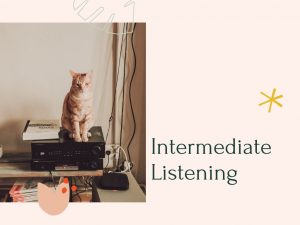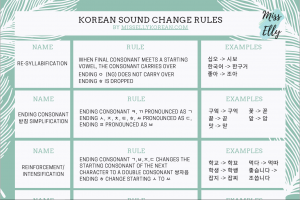
I highly recommend the Talk To Me In Korean Youtube channel as well, especially the playlist Conversations in 100% Korean. You can either switch on or off the Korean subtitles as you progress with your listening ability.
Another good source of podcast with full transcript is the Intermediate Korean channel. I prefer to use resources with either full Korean subtitles or transcript. Otherwise I find myself just listening to things that I don’t understand and there is no way to find out what the conversation is about.
Obviously, you can continue to watch whatever TV dramas and variety shows that you love. You may be able to make out some short sentences, but not a lot. However you can get familiar with native Koreans intonation and cultivate a general sense of the language.
Children’s stories
Another good source of intermediate listening exercise is children’s stories with Korean subtitles.
Simply search for 동화 or 어린이 이야기, you will get a lot of results from the YouTube and elsewhere in the internet. One popular YouTube channel playlist of children’s stories produced by the maker of Baby Shark can be found here.
Korean sound change rules
When watching your favorite drama or listening to K-pop songs, do you realise sometimes Korean words are pronounced quite differently from their spelling?
This is because of the various sound change rules. The rules did not start out as rules per se but over time people change the sound for ease of pronunciation. Take one example – 같이 is pronounced as 가치 but not 가티. This is similar to in English ‘Would you’ is pronounced as ‘Would chu’ due to the ending d in the previous word. However in Korean it is more formalized that even dictionary pronunciation follows these sound change rules rigorously. Therefore starting at intermediate level it is quite crucial to familiarize yourself with sound change rules, not only to better understand spoken Korean, but also to pronounce Korean properly.
For example:
좋겠어요 is pronounced as 좋켔어요 while
죽겠어요 is pronounced as 죽껬어요.
Note the marked difference in the first consonant of 겠. Apart from the vowel of 좋 and 죽, this consonant is also key in differentiating these two phrases which mean opposite things.

0 Comments